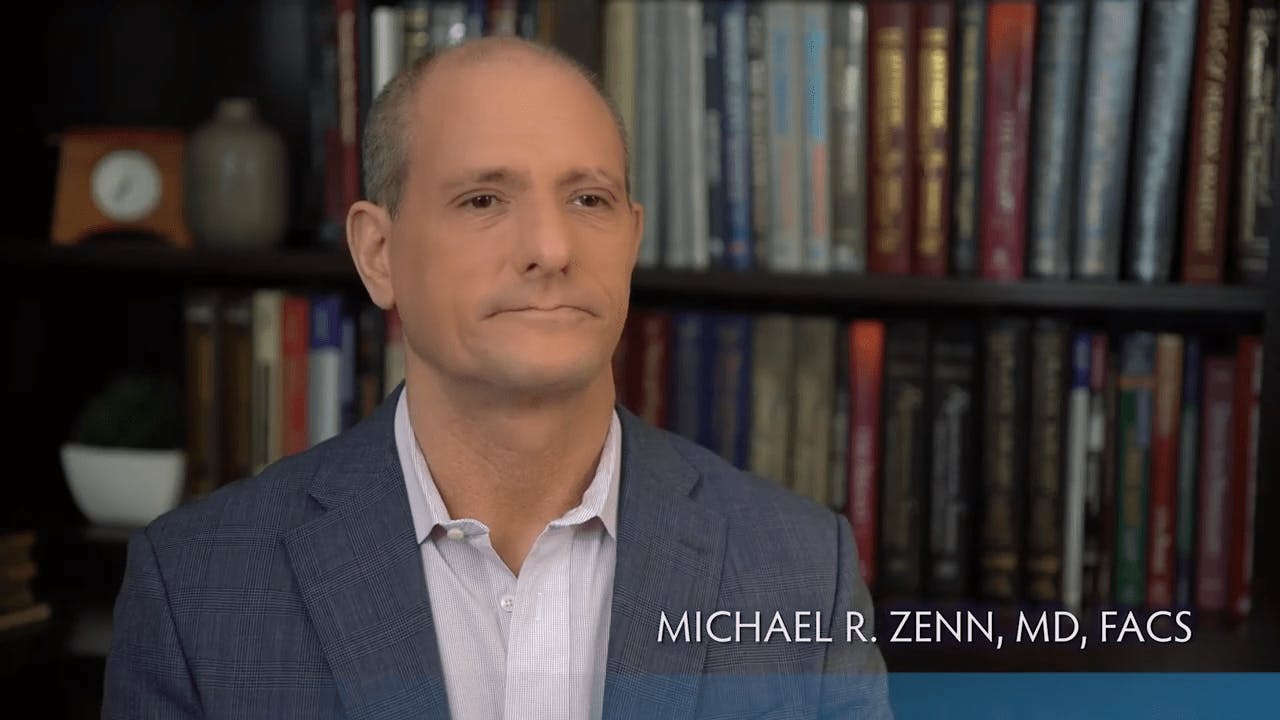The Facial Fat Grafting Procedure
Fat is harvested from one part of a patient’s body and then placed in a centrifuge to be purified. Dr. Zenn then carefully reinjects the purified cells using thin cannulas into the areas that need augmentation. Facial fat grafting is a three-stage process performed under sedation or general anesthesia in an ambulatory surgery facility. The three stages are:
Harvesting:
Dr. Zenn will consult with you to select a site for fat removal before surgery. During surgery, he will create a small puncture in the area from where the fat will be harvested. Then Dr. Zenn inserts a cannula connected to a syringe and carefully extracts fat (liposuction).
Purification:
Dr. Zenn obtains the correct amount of fat from the donor area. He places the harvested fatty tissue in a centrifuge to remove non-viable cells, blood, and other impurities. Next, he will transfer the fat cells to small syringes for injection.
Placement:
The placement of fat is where experience and artistry set Dr. Zenn apart from other plastic surgeons. After marking the area to receive the fat graft, Dr. Zenn will insert a small cannula into a small incision point near the site. He then passes the cannula in and out of the areas he is augmenting. Dr. Zenn does this multiple times, using his artistic eye to sculpt the face. The sites of entry are so small that they often require no stitches and heal beautifully.







